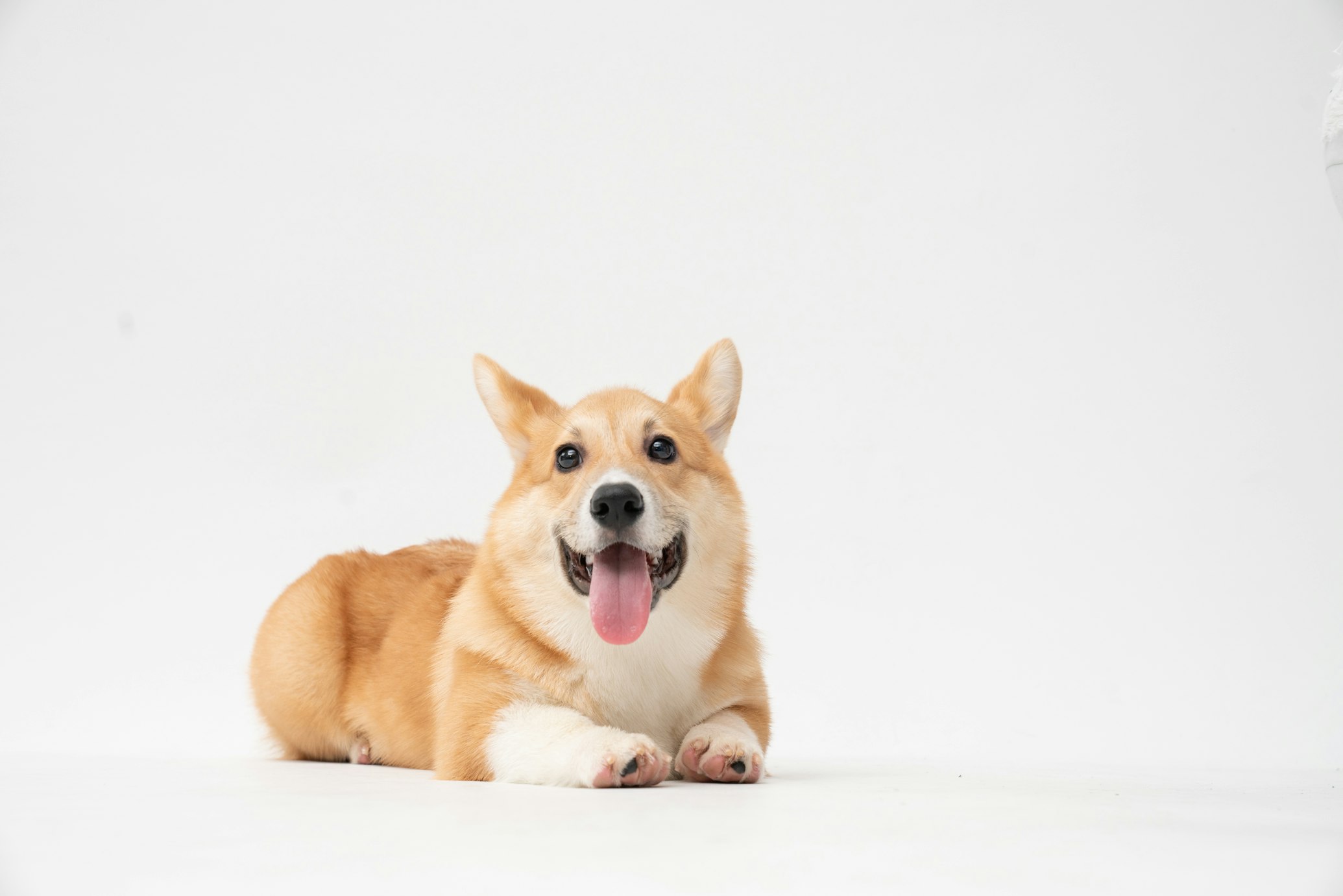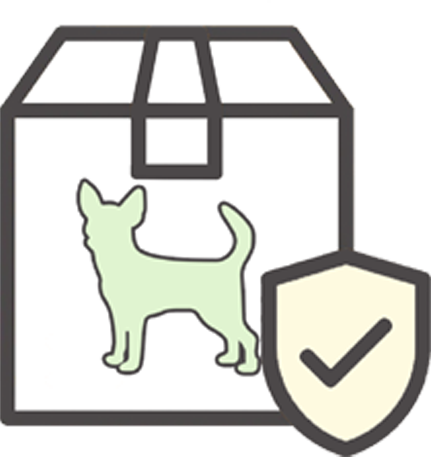Supporting Dogs with UTIs
Updated On: Friday, November 15, 2024 10:19:38 AM America/Los_Angeles
A UTI, or a urinary tract infection, is no doubt a pain to deal with. But for canines who don’t have the luxury of telling you that they’re suffering with a UTI, it's up to us to support them through painful infections. Here, we discuss whether or not UTIs are something that require a vet visit and how to support dogs who are dealing with this common infection. For more on its causes and how to recognize symptoms of UTIs in dogs, check out our blog post here.
Photo by fatty corgi
Will a Dog's UTI Go Away on Its Own?
Many dog pawrents wonder if a UTI will go away on its own or if a vet visit is needed. UTIs are stubborn and it’s unlikely that they’ll go away on their own. Even if they did, it’s really not worth putting a pooch through the misery when it’s easily treated. With proper treatment, symptoms can start disappearing as quickly as 1-2 days.
What Can I Give My Dog for a Urinary Tract Infection?
The vet will most likely prescribe antibiotics for canines suffering from UTIs. However, many dog owners want to know what else they can do to provide relief. There’s not much can be done for an infection that has already occurred, but encouraging increased fluid intake is helpful for easing symptoms such as painful urination. If your pup won’t willingly drink more water, try adding water to their food. For dogs who are on both wet and dry food, sub more wet food and take away the dry food until they’re recovered. Offering moist chews instead of dry biscuits as treats is another adjustment that can also be made.
How Do You Support a Dog Who Has a UTI?
A trip to the vet is the first course of action if you suspect your fur baby has a UTI. Not only is a UTI painful and uncomfortable, it can be fatal if left untreated. Once you’ve consulted with a professional, there are steps you can take to make recovery a bit easier for your doggo.
- Increase water intake: There are a couple of ways to encourage increased water intake as discussed above. You can: put out extra bowls of water, sub more wet food, feed moist (rather than dry) treats, and mix water into food.
- Preventive foods: While cranberries and blueberries are known for aiding in battling UTIs, they actually do little for infections that have already taken hold. However, they can be great for preventing infections and should be incorporated into the diet of dogs who are prone to UTIs.
- Heated bed: A pet safe heating pad or heated bed can help relieve some pain and discomfort–especially for dogs who are also dealing with bladder pain from the infection.
- Indoor dog bathroom: One of the most common symptoms of a urinary tract infection is frequent urination. Even if a dog doesn’t actually produce much urine, they will attempt to go potty often. Having a pee pad like DoggieLawn can help ease both you and your pup’s frustration. Not only does a readily accessible pet potty mean that you don’t have to open the door every 30 minutes, your dog can go whenever they feel the need. This is especially critical for UTIs, as holding in pee can exacerbate symptoms.


